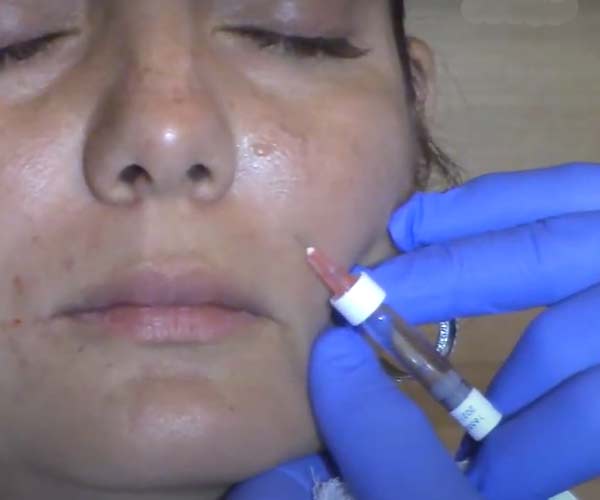What Does a Licensed Medical Aesthetician Do?
By Dr. Stephen Cosentino
PRESIDENT OF EMPIRE MEDICAL TRAINING
Demand for health-care professionals shows no signs of slowing down. According to the U.S. Bureau of Labor Statistics, the health-care workforce is expected to grow by 16% between 2020 and 2030.
That translates to millions more jobs in the field. It also means more opportunity for current health-care professionals looking to “level up” their skills, increase their earning power, and find more fulfilling work.
For professionals who enjoy working in clinical settings, one increasingly popular path is to become a licensed medical aesthetician. Here’s what you should know about the field of medical esthetics, state-required licensing, and finding the ideal job.
Licensed Medical Aesthetician Duties and Expectations
Medical estheticians typically work in medical spas, plastic surgery clinics, or other outpatient settings under the supervision of a licensed, board-certified physician or dentist. They perform minimally invasive skin-care treatments such as:
- Laser hair removal
- Microdermabrasion
- Chemical peels
- Pre- and post-surgical skin care
- Treatment for certain chronic skin conditions, such as acne
- Permanent makeup
They may also provide other minimally invasive services, such as manual lymphatic drainage.
Depending on state regulations and any other certifications or credentials the aesthetician may have, medical aestheticians may also be permitted to administer minimally invasive injectable treatments, such as Botox® and dermal fillers. However, most states require Botox and filler injectors to have more advanced medical credentials, such as nursing or physician degrees.
Become a Medical Aesthetician — How to Get a License
If this type of work sounds appealing to you, you should think seriously about becoming a licensed medical aesthetician. Getting an esthetician license takes some time but isn’t overly challenging for determined medical professionals — certainly not in comparison to physician or dental training, both of which take many years to complete.
To advance your career as a medical aesthetician, do the following:
- Research esthetician licensing requirements in your state. Every state has different esthetician licensing requirements covering the type and amount of training needed to earn a license. Many states require 600 hours of training, but some require more or less. Check with your state’s esthetic licensing board for specifics.
- Acquire enough training hours. Esthetics training involves a mix of classroom instruction and hands-on clinical work in topical treatments like chemical peels and microdermabrasion. Accredited aesthetics training programs provide this instruction — look for programs that use board-certified providers with years of experience. If you already work in a medical spa, ask your employer about on-the-job training.
- Complete any required exams and apprenticeships. Most states require aesthetician licensing candidates to complete at least one exam before receiving their licenses. You may also be required to complete an esthetics apprenticeship, especially if you’re pursuing a master aesthetician certification. Check with your state licensing board for details.
Consider becoming a nurse esthetician. If you’d like to perform “medical” cosmetic procedures such as Botox and dermal filler injections, you may need additional training as a nurse esthetician. You’ll need to complete nursing school and earn a nursing degree (if you don’t already have one), but you can look forward to more job opportunities and higher pay when you’re done.


